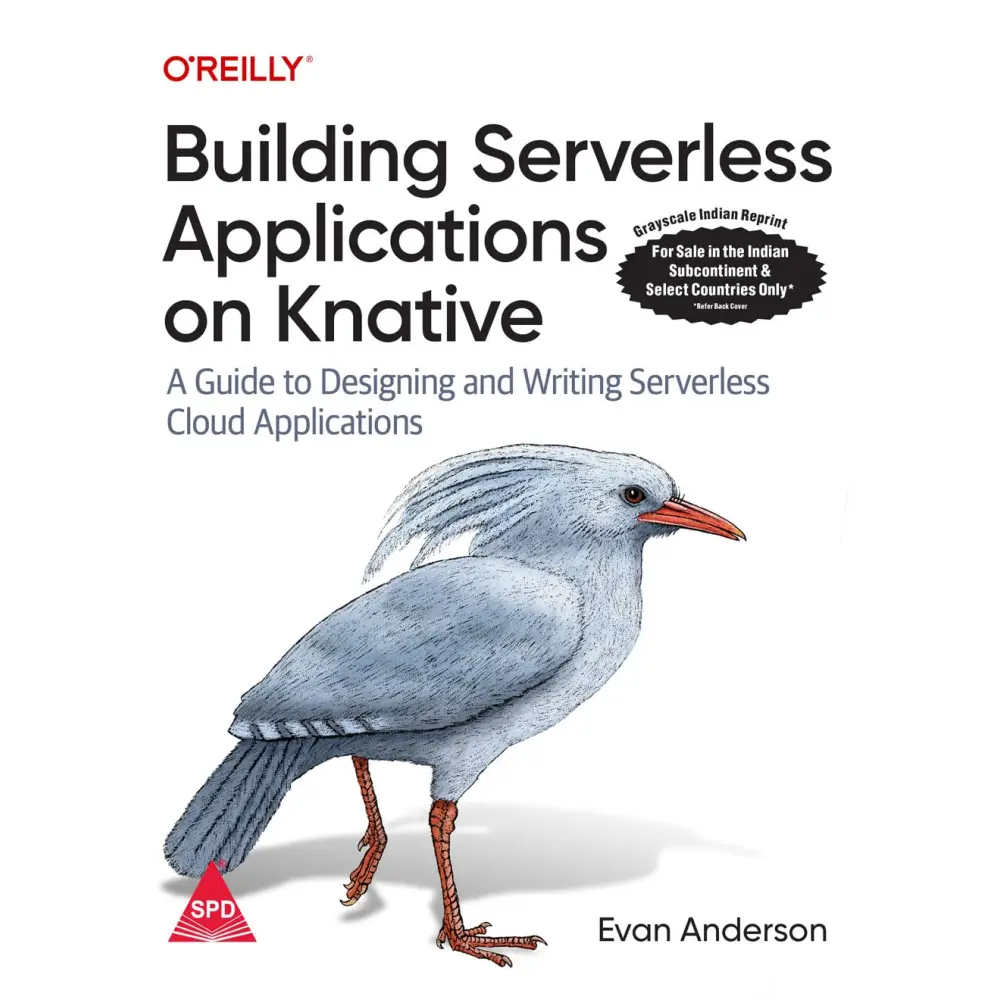1
/
of
1
BOOKZONE
Building Serverless Applications on Knative
Author : Evan Anderson
Binding:Paperback
Publication Date 2023
Publisher :
SKU:9789355427236
Regular price
₹1,190.00INR
Regular price
₹1,400.00INR
Sale price
₹1,190.00INR
Shipping calculated at checkout.
Bulk Discount Get Exta 5% upto 10%
Share

1
/
of
1
Explore the theory and practice of designing and writing serverless applications using examples from the Knative project. With this practical guide, mid-level to senior application developers and team managers will learn when and why to target serverless platforms when developing microservices or applications. Along the way, you'll also discover warning signs that suggest cases when serverless might cause you more trouble than joy.Drawing on author Evan Anderson's 15 years of experience developing and maintaining applications in the cloud, and more than 6 years of experience with serverless platforms at scale, this book acts as your guide into the high-velocity world of serverless application development. You'll come to appreciate why Knative is the most widely adopted open source serverless platform available. With this book, you will:
"Learn what serverless is, how it works, and why teams are adopting it
"Understand the benefits of Knative for cloud native development teams
"Learn how to build a serverless application on Knative
"Explore the challenges serverless introduces for debugging and the tools that can help improve it
"Learn why event-driven architecture and serverless compute are complementary but distinct
"Understand when a serverless approach might not be the right system design
View full details


